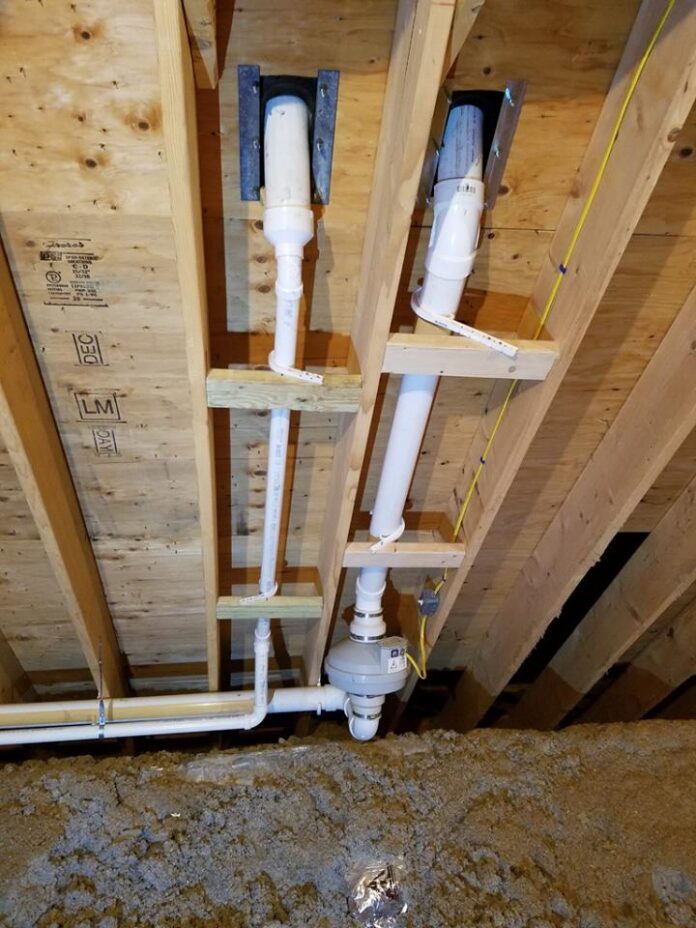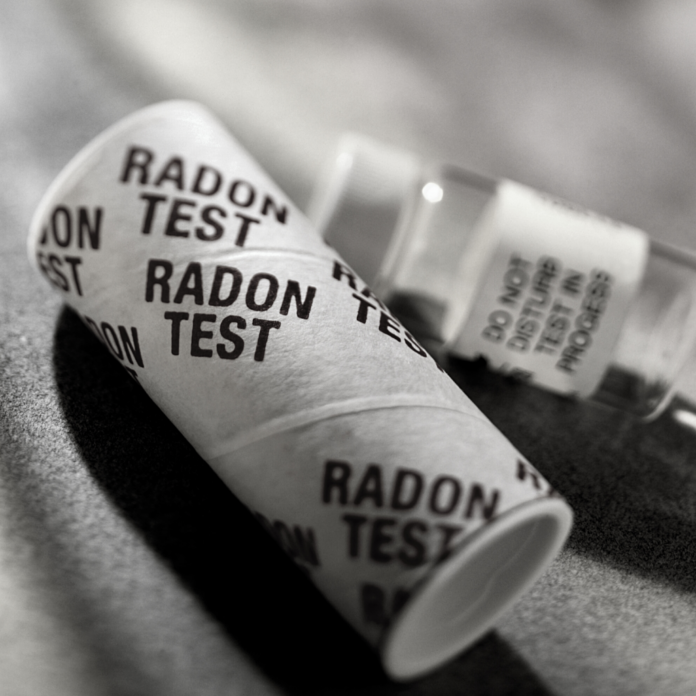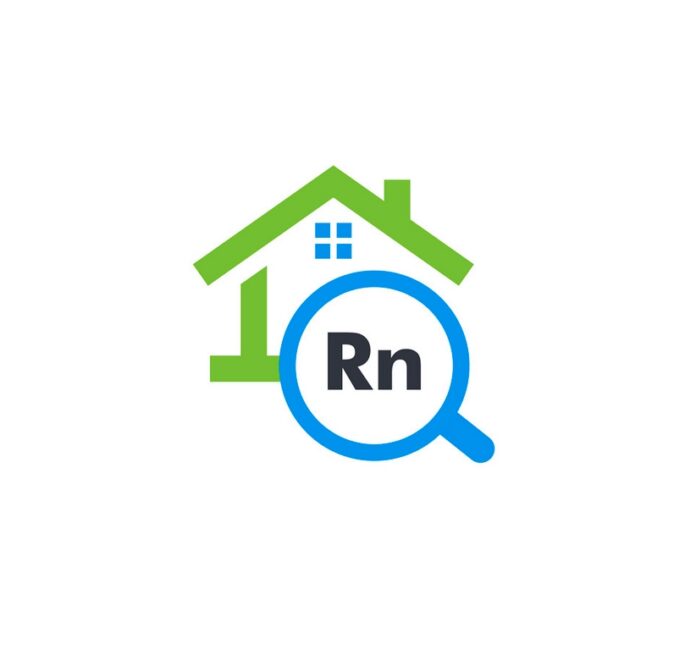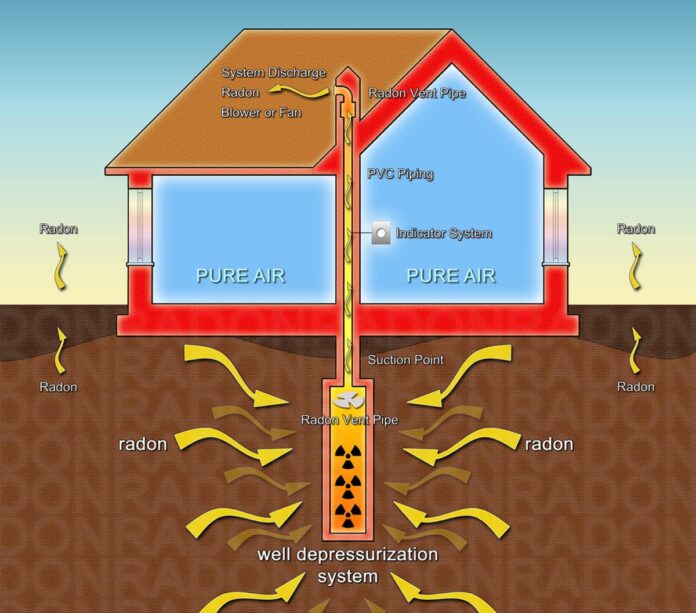Radon is a radioactive gas that has been proven to cause lung cancer. It develops after uranium naturally breaks down in the soil, water, and rock. After radon moves up through the ground and air, it penetrates your home foundation holes. It is often found in homes with a basement. If you are thinking about purchasing a new house, you should ask the seller if they have taken construction measures like a radio fan to reduce the levels of radon present on the property.

Importance of Radon Testing
Radon tests can be done either on a short-term or long-term basis. Short-term radon kits can be completed in just days while long-term radon detectors can test over a period of 3-12 months. Being aware of the potential risks and testing a new house for radon is important to keep you healthy for a long time. The following are reasons to carry out a RAdata radon testing before you purchase a house:
- Human senses cannot detect radon. Radon is a colorless, odorless, and tasteless gas that can enter your house through drains, construction joints, and cracks. Thus, getting a house tested is the only way to know whether or not radon is present. Radon experts can carry out testing to determine the potential need for a remediation system.
- Radon is a dangerous gas. Prolonged exposure to high radon levels can put your family’s health at risk of cancer. Over time, gas particles can damage the tissue and cells in the lungs, increasing the risk of cancer.
- Existing mitigation systems might not be enough. A lot of houses are installed with passive radon mitigation systems. These systems will get rid of radon from a house through natural airflow. But these systems may not effectively eliminate huge amounts of radon and can have inconsistent performance. Also, some systems may have issues like equipment breakdown. Thus, despite the installation of a radon mitigation system, a house can still be exposed to a high level of radon. To guarantee that your new house is safe from the gas, get testing and remediation done if needed.

How Often Should Radon Testing Be Performed?
Testing for radon should be done at least two times in different seasons. The reason is that temperature variations can alter radon levels. Also, consider retesting your house every few years. Additionally, have your house retested after major renovations or structural changes that could impact radon’s spread.
Radon is a dangerous and harmful gas that can only be recognized with proper testing. To keep your family and pets safe, ensure you test your house regularly and have the house you want to purchase inspected first to know its risk of radon.
How to Get a Radon Test
When you make an offer on a house, have it tested for different problems, including the presence of radon. Usually, mortgage lenders will require home inspections (mechanical and structural) to make sure the loan is a smart financial investment. However, they may not require radon testing. Thus, you may need to ask to have the house tested for radon.
Typically, you may need to spend around $200 for a professional radon test. But the EPA requires that a local mitigation contractor should test every house for radon. In addition, you can also consider using radon testing kits if you want to know the level of radon in a house. This could cost you less than $30.

What to Expect from a Radon Test
Radon professionals will use a radon sniffer for detecting radon presence and concentration in homes. They may ask you to turn off the HVAC system for at least an hour before they perform the test. This way, if your house has radon, it can settle near the floor.
Moreover, the professionals will leave several charcoal-filled canisters in various places in your home for several days. Then, they will retrieve these canisters and analyze them to determine the presence of radon. Although you can use a homeowners device for testing your home for radon, the majority of real estate contracts may require professional radon testing.
Radon Mitigation and Removal
Should a radon test show a house has a high level of radon, you should consider hiring a professional radon mitigation contractor to remedy the issue. But make sure you check the required certifications for radon mitigation work in your area. Ensure you ask your contractor about their credentials and experience.
Radon gas removal is meant to minimize the level of radon, not to get rid of it. In general, a radon level lower than 4 pCi/L is not a significant risk. Radon reduction prevents the entry of radon into a house and eliminates existing radon from a house. Radon prevention involves sealing any area where it might seep in like basement floor and wall cracks as well as pipe gaps. Sometimes, it may include the installation of a radon pipe under a basement, so radon gas is moved away from the house. Radon removal includes installing ventilation fans to circulate basement air full of the gas to the outdoors.

Is a House with High Levels of Radon Worth a Purchase?
Experts say that while radon is a health hazard, it can be easily remedied. As long as measures to reduce radon in place, you don’t have to worry about a house’s air quality. If you have an eye on a house that tests positive of this gas, other homes in that area may also have high levels. Because of the simplicity of removing the gas, you and your family will be safe if you install a radon-reduction system in your house.
Should You Be Worried About Future Radon Risks
If a professional radon test shows the radon levels of a house you want to buy is safe, this level can still change in the future. For instance, when the house settles, a small crack in its foundation could let the gas seep in. Because of this, you must install at least one radon detector on the house’s lower floor. This detector will alert you when radon levels soar, so you can mitigate the issue.









